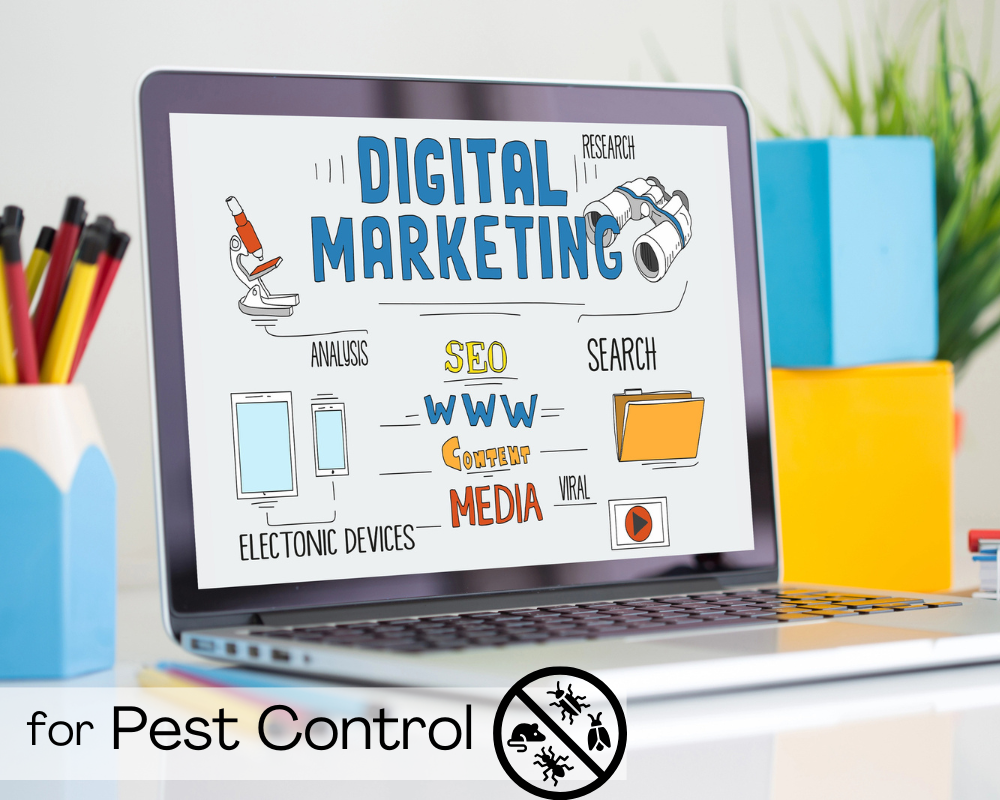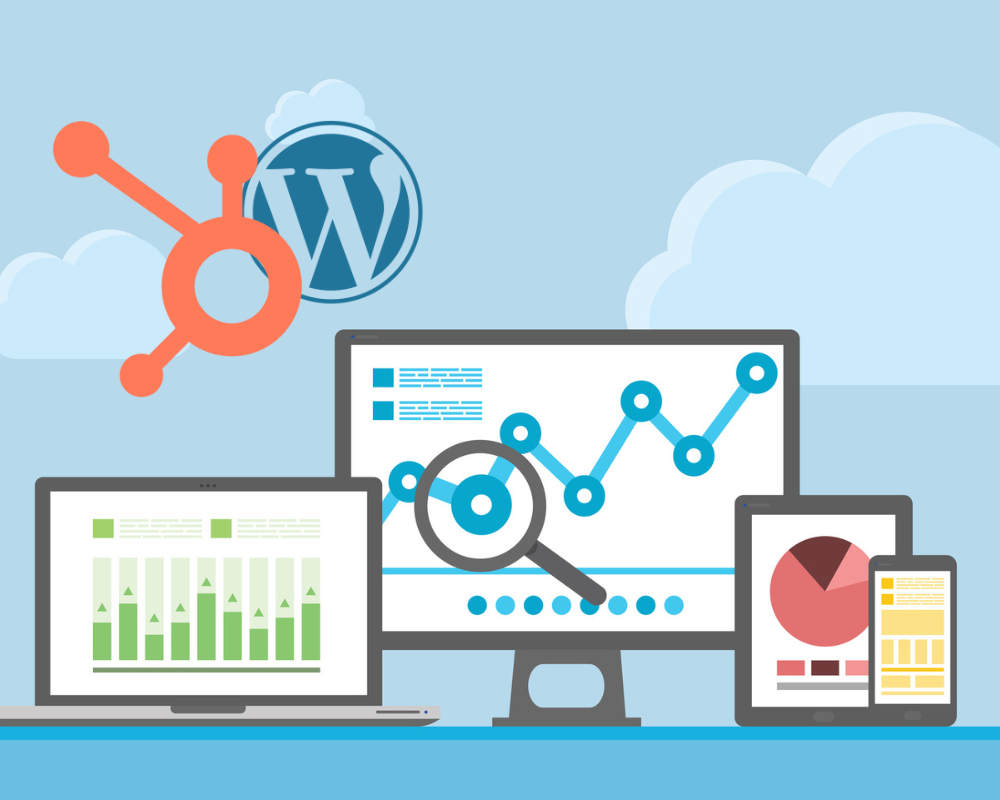How to Create Engaging Content on LinkedIn

LinkedIn has evolved from a professional networking platform into a robust and powerful channel for B2B content marketing, so it’s essential that you know how to create engaging content on LinkedIn if you’re to reap all the benefits it has to offer.
If you’re looking to nurture more B2B relationships, boost your brand’s visibility, and attract more customers, LinkedIn is one of the best places to do so.
Benefits of Content Marketing on LinkedIn
LinkedIn is unique among social media platforms because it is specifically designed for business professionals. Here are some benefits of leveraging LinkedIn for B2B content marketing:
- Professional Audience. LinkedIn's user base consists of professionals and decision-makers, making it an excellent platform for B2B marketing.
- Enhanced Credibility. Regularly sharing high-quality content establishes your company as a thought leader in your industry.
- Increased Engagement. LinkedIn’s algorithm favors content that encourages interactions, such as comments and shares. The more people interact with your content, the more LinkedIn boosts your content’s reach.
- Lead Generation. Well-crafted content can attract potential customers and partners, generating high-quality leads.
Different Types of Content to Post on LinkedIn
Creating a diverse mix of content keeps your audience engaged and helps you reach different segments of your target market. Some of the different types of content you can post on LinkedIn include the following:
- Articles: Long-form content that dives deep into industry insights, trends, and thought leadership. For example, an article discussing the future of digital marketing trends.
- Posts: Short-form updates that share quick insights, news, or company updates. Announcing a new product launch, for example, or sharing a helpful tip.
- Images and Infographics: Visual content that is easily digestible and highly shareable. For example, you might post an infographic showing statistics about your industry.
- Videos: Engaging content that can showcase behind-the-scenes footage, customer testimonials, or product demonstrations. You might post a video interview with your CEO discussing company values, for example.
- LinkedIn Stories: Short, temporary content that can highlight daily activities or share timely updates. For example, you could post a story featuring live updates from a company event.
- SlideShare Presentations: Detailed presentations that can be shared directly on LinkedIn. A SlideShare about best practices in your industry is one example.
- Polls: Interactive content that engages your audience by asking for their opinions. For example, you might post a poll asking about the most critical skills for your industry in the next decade.
How to Define Your LinkedIn Content Strategy
A well-defined content strategy is crucial for your content marketing success on LinkedIn. Here’s how to get started:
- Set Clear Goals. Define what you want to achieve with your LinkedIn content, such as brand awareness, lead generation, or engagement. And set measurable markers for success. For example, your goal might be to increase brand awareness by reaching 10,000 followers in six months.
- Identify Your Target Audience. As with any marketing initiative, you must understand who your audience is, what their interests are, and, in this case, how they use LinkedIn. An example of a defined target audience within LinkedIn is mid-level marketing professionals in the tech industry.
- Create a Content Calendar. It’s a best practice to plan your content in advance to ensure a consistent posting schedule. For example, your content calendar may include three posts per week: one article, one infographic, and one video.
- Analyze Competitors. Look at what your competitors are doing on LinkedIn and identify opportunities where you can stand out. For example, if your competitors are focusing on articles, you might consider creating more video content.
- Measure and Adjust. Regularly review your content performance and adjust your strategy based on analytics. You can use LinkedIn’s analytics tools to track engagement and refine your content accordingly.
10 Practical Tips for Creating Engaging Content on LinkedIn
Creating content that resonates with your audience requires a mix of creativity and strategy. Here are some practical tips:
1. Know Your Audience
Tailor your content to the interests and needs of your LinkedIn followers, as long as they are representative of your greater target audience.
- Tip: Use LinkedIn analytics to understand what content your current audience engages with the most. Then create more of that type of content.
2. Create Value-Driven Content
Share insights, tips, and information that provide real value to your audience.
- Tip: Offer actionable advice that your audience can implement in their professional lives.
3. Tell Stories
People connect with stories. So, share your company’s journey, customer success stories, or industry anecdotes.
- Tip: Use a narrative format to make your posts more relatable and engaging.
4. Use Strong Visuals
Incorporate high-quality images, graphics, and videos to help your posts stand out and capture attention.
- Tip: Outsource visual content creation to a professional or use tools like Canva or Adobe Express to create professional-looking visuals.
5. Engage with Your Audience
While professional, LinkedIn is still a social platform. So, be sure to respond to comments, ask questions, and encourage discussions.
- Tip: Set aside time daily to interact with your audience and build relationships.
6. Leverage Hashtags
Use relevant hashtags to increase the visibility of your posts.
- Tip: Research popular hashtags in your industry and include them in your posts.
7. Consistency is Key
Post regularly to keep your audience engaged and maintain a presence on their feed.
- Tip: Stick to your content calendar and be consistent with your posting schedule.
8. Highlight Your Expertise
Share your knowledge and position yourself as an industry expert.
- Tip: Write thought leadership articles and participate in relevant discussions.
9. Use Data and Statistics
Statistics and data add credibility and authority to your LinkedIn content.
- Tip: Share industry reports, case studies, and survey results.
10. Optimize for Mobile
LinkedIn reports that more than half of its total traffic is from the mobile app, so ensure your content looks good and is easily readable on mobile devices.
- Tip: Use short paragraphs, bullet points, and large fonts for better readability.
Ready to Harness the Power of LinkedIn?
If you’re ready to take your LinkedIn content strategy to the next level, we invite you to contact the digital marketing experts at WorldLight Media to learn how we can help you create engaging content that drives results.
When you put our experience and expertise to work for you, we can help you attract more customers and achieve your marketing goals on LinkedIn.
Click here to contact us and get the conversation started.







